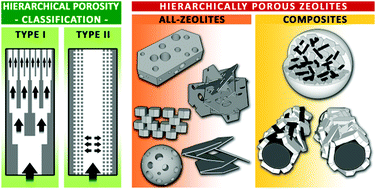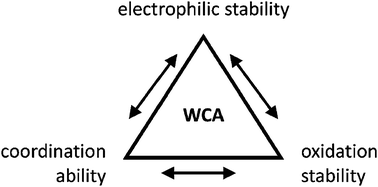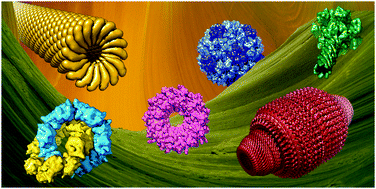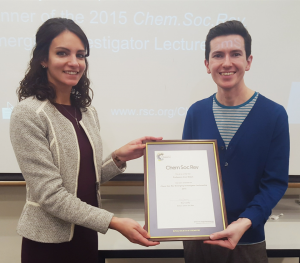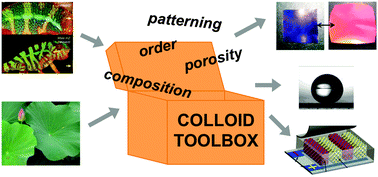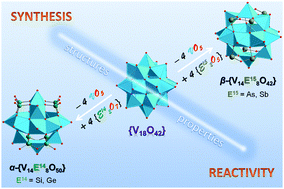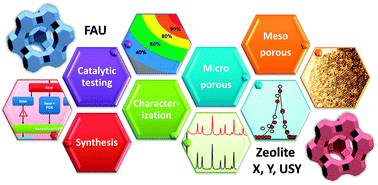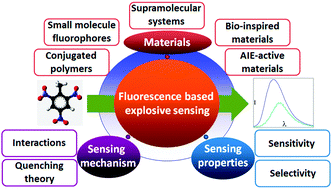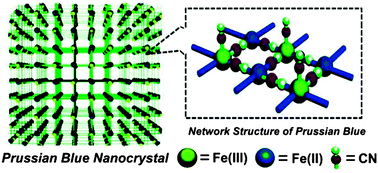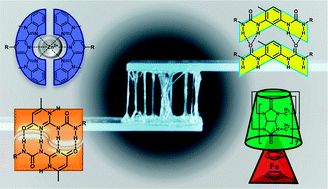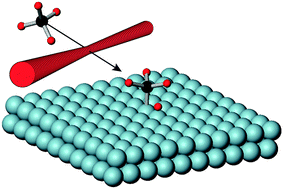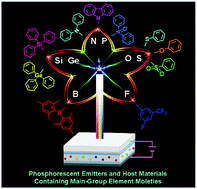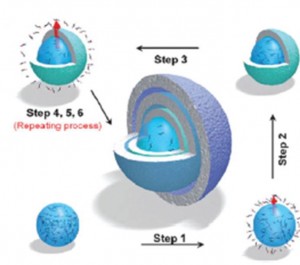On behalf of the Chem Soc Rev Editorial Board, it is with great pleasure that we announce the winners of the 2016 Chem Soc Rev Emerging Investigator Lectureship: Gonçalo Bernardes (chemical biology), University of Cambridge, UK, and Guihua Yu (energy nanomaterials), University of Texas at Austin, USA. Our warmest congratulations to Gonçalo and Guihua!
Gonçalo graduated from the University of Lisbon in 2004 and completed his D.Phil. at the University of Oxford, UK in 2008 under the supervision of Professor Ben Davis working on reaction engineering for site-selective protein modification. He then undertook postdoctoral work at the Max-Planck Institute of Colloids and Interfaces, Germany under the guidance of Prof Peter Seeberger. He currently leads a research group at the Department of Chemistry, University of Cambridge, UK where he holds a prestigious Royal Society University Research Fellowship. He also the Director of the Chemical Biology and Pharmaceutical Biotechnology Unit at the Instituto de Medicina Molecular, Faculdade de Medicina da Universidade de Lisboa, Portugal. His research interests lie in the field of chemical biology, particularly in developing novel aqueous reactions for site-specific protein modification with the aim of using them to understand key biological processes and apply them to the construction of targeted therapeutics.
Guihua Yu is currently an Assistant Professor of materials science and engineering at the University of Texas at Austin. He received his Ph.D. degree in Chemistry from Harvard University (with Professor Charles M. Lieber) in 2009, after graduating from the University of Science and Technology of China (USTC) in chemistry (summa cum laude) in 2003. Guihua did his postdoctoral research at Stanford University (2009-2012) with Professors Zhenan Bao, Yi Cui, and Eric Shaqfeh. His research focuses on rational design and synthesis of functional nanoscale materials, a fundamental understanding of their chemical and physical properties, and development of large-scale assembly and integration strategies to enable their technologically important applications in energy, electronics, environment and life sciences.
As part of the Lectureship, Gonçalo and Guihua will each present a lecture at three different locations over the coming year, with at least one of these events taking place at an international conference, where they will be formally presented with their Emerging Investigator Lectureship certificate. Details of their lectures will be announced in due course – keep an eye on the blog for details.
The Chem Soc Rev Emerging Investigator Lectureship is an annual lectureship which recognises emerging scientists who have made a significant contribution to their research field. For information on previous winners, see our past blog entries.
Read these recent articles by Gonçalo Bernardes and by Guihua Yu:
Natural product modulators of transient receptor potential (TRP) channels as potential anti-cancer agents
Tiago Rodrigues, Florian Sieglitz and Gonçalo J. L. Bernardes
Chem. Soc. Rev., 2016, Advance Article
DOI: 10.1039/C5CS00916B, Tutorial Review
From themed collection 2016 Emerging Investigators
Construction of homogeneous antibody–drug conjugates using site-selective protein chemistry
Padma Akkapeddi, Saara-Anne Azizi, Allyson M. Freedy, Pedro M. S. D. Cal, Pedro M. P. Gois and Gonçalo J. L. Bernardes
Chem. Sci., 2016, Advance Article
DOI: 10.1039/C6SC00170J, Minireview
A chemistry and material perspective on lithium redox flow batteries towards high-density electrical energy storage
Yu Zhao, Yu Ding, Yutao Li, Lele Peng, Hye Ryung Byon, John B. Goodenough and Guihua Yu
Chem. Soc. Rev., 2015,44, 7968-7996
DOI: 10.1039/C5CS00289C, Review Article
Nanostructured conductive polymers for advanced energy storage
Ye Shi, Lele Peng, Yu Ding, Yu Zhao and Guihua Yu
Chem. Soc. Rev., 2015,44, 6684-6696
DOI: 10.1039/C5CS00362H, Tutorial Review
Watch out for our upcoming issue later this year: Chem Soc Rev Emerging Investigators Issue 2016 – check out the online collection, new articles will be added as they are published













